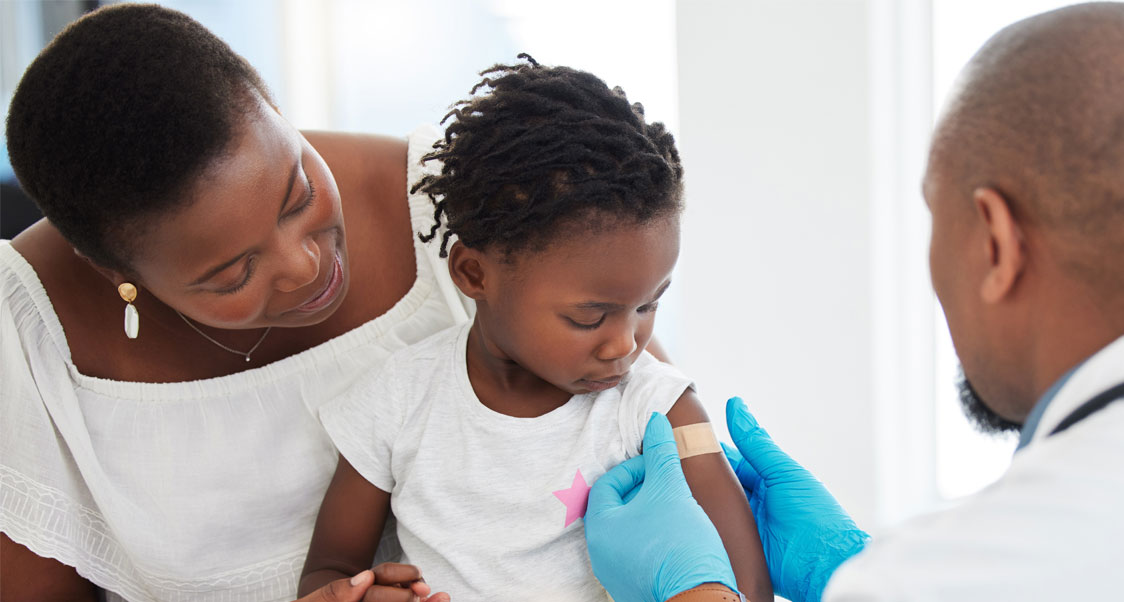Clinical Guidelines
Parasitic Infection

All patients should be either screened or empirically treated for common parasitic infection (soil-transmitted Helminths, Strongyloides stercoralis, Schistosomiasis – depending on region of world).
May omit if patient received pre-departure treatment per CDC guidelines (should have documentation).
Costs and benefits of empiric treatment vs. testing must be weighed
Empiric treatment is simple and generally safe (see link below for contraindications).
Many of these patients have received such treatment routinely in their home countries.
Summary Table
Summary table current recommendations.
Prior authorization for medication may be required by some insurances.
Contraindications to Antiparasitic Medications
Contraindications to Presumptive Treatment with Albendazole, Ivermectin, and Praziquantel
Testing for Parasites
If decision made to test instead of empiric treatment
- O+P x 2-3, collected 12-24 hours apart
- Serology for schistosomiasis and for Strongyloides – see labelled sections for testing and treatment indications.
CDC Domestic Guidelines for Intestinal Parasites
Presumptive Treatment and Screening for Strongyloidiasis, Infections Caused by Other Soil-Transmitted Helminths, and Schistosomiasis among Newly Arrived Refugees
General Information
Recommended stool ova & parasite collection x 2-3 samples, each 12-24 hours apart- due to low sensitivity of single test
Stool ova and parasite testing is more sensitive when using specialized collection tubes with fixative (ie. Formalin)

CDC- Parasites - Soil-Transmitted Helminths

WHO- Soil-Transmitted Helminth Infections
Treatment information for healthcare professionals (CDC)
Ascariasis
Hookworm
Whipworm
Shistosomaisis
Background Information
The most common soil-transmitted helminth infections are Ascaris lumbricoides, whipworm (Trichuris trichiura), and hookworm (Necator americanus, Ancylostoma duodenale). Transmission of Ascaris and whipworm occurs via ingestion of soil contaminated with these helminths in human feces, and infection with hookworm occurs primarily through direct contact between skin (such as bare feet) and contaminated soil. Infections may be asymptomatic or may cause abdominal pain, diarrhea, nausea/vomiting, or anemia due to malabsorption or blood loss. Infections with soil-transmitted helminths may be diagnosed by stool ova and parasite examination, for which, ideally, three samples should be obtained at least 24 hours apart to increase sensitivity. Treatment of choice is albendazole; however, clinicians should confirm that patients do not have a history of seizures or other neurologic deficits (which may be indicative of neurocysticercosis) prior to treatment.
Infections with the nematode roundworm Strongyloides stercoralis primarily occur when larvae penetrate skin after contact with infected soil. Thus, infection usually occurs after children are old enough to crawl or walk. Because Strongyloides can replicate in human hosts, the infection may persist for decades due to autoinfection and once acquired is considered a life-long infection unless treated. The infection is often asymptomatic, but some patients experience skin manifestations (transient pruritic papules at the site of penetration or erythematous tracks, known as larva currens, transient pneumonitis or gastrointestinal manifestations [abdominal pain, vomiting, diarrhea, malabsorption, or failure to thrive]). In the setting of immunosuppression (most commonly associated with corticosteroid use) strongyloide parasites may infiltrate internal organs and unexpectedly manifest as hyperinfection syndrome with associated high rates of morbidity and mortality. Eosinophilia may be present with strongyloides infections; however, its absence does not rule out infection. Ova and parasite testing is very insensitive for detecting strongyloides, given that shedding may occur intermittently and at low levels. Serology for IgG antibodies against strongyloides is the testing of choice for diagnosis. Ivermectin is the treatment of choice but should not be used in patients from Loa loa-endemic regions unless co-infection has been ruled out.
Strongyloides Steroralis – General
- Infection can be subclinical and auto-infection can occur for years until any clinical presentation occurs
- Consider presumptive treatment with Ivermectin without serology if >15 kg, unless from Loa loa endemic countries web-link
- Serology (IgG antibody) better than stool sample, since O&P less sensitive
- General information (CDC) -https://www.cdc.gov/parasites/strongyloides/gen_info/faqs.html
- Treatment information for healthcare professionals (CDC)- Web-link
- Fleitas, P.E., Kehl, S.D., Lopez, W. et al. Mapping the global distribution of Strongyloides stercoralis and hookworms by ecological niche modeling. Parasites Vectors 15, 197 (2022). web-link
Schistosomiasis
Sub-Saharan Africans
Consider presumptive treatment (if not already done) or screening if contraindication to treatment
Screening
Serologic testing for antischistosomal antibody is indicated for diagnosis of travelers or immigrants from endemic areas who have not been treated appropriately for schistosomiasis in the past
Treatment
Praziquantel
Background Information
Schistosoma organisms, the trematode flatworm, are spread via parasites in contaminated fresh water. Schistosoma species are endemic in many areas of Africa; distribution requires snail vectors, infected human reservoirs, and fresh water sources. Infection, also known as bilharzia, is contingent upon environmental exposure with organisms penetrating skin, therefore, children tend to be at risk of infection only once they are crawling or walking. Acute infection may present with fever, abdominal pain, hepatosplenomegaly, rash, or lymphadenopathy. Skin penetration may cause a pruritic, papular dermatitis similar to “swimmer’s itch.” Infection with Schistosoma haemotobium may lead to bladder inflammation (with associated dysuria, hematuria, secondary urinary tract infections, and pelvic pain), fibrosis, and ultimately, increased risk of bladder cancer or renal failure.
Chronic infection with intestinal forms of schistosoma (S. mansoni) may ultimately lead to portal hypertension. Eosinophilia may be present with schistosoma infections; however, its absence does not rule out infection. Ova and parasite testing is also insensitive for diagnosis. Blood schistosoma IgG antibody testing is the diagnostic method of choice. Treatment of choice is praziquantel. If seizures or neurologic deficits of unknown etiology are present, neurocysticercosis must be ruled out with neuroimaging prior to treatment with praziquantel.


